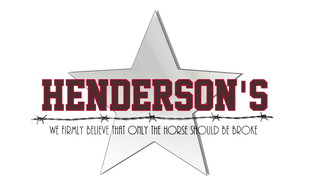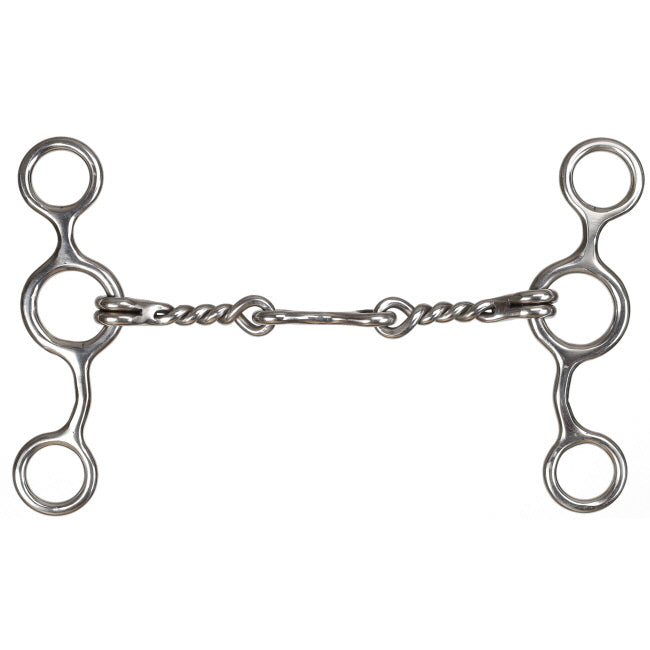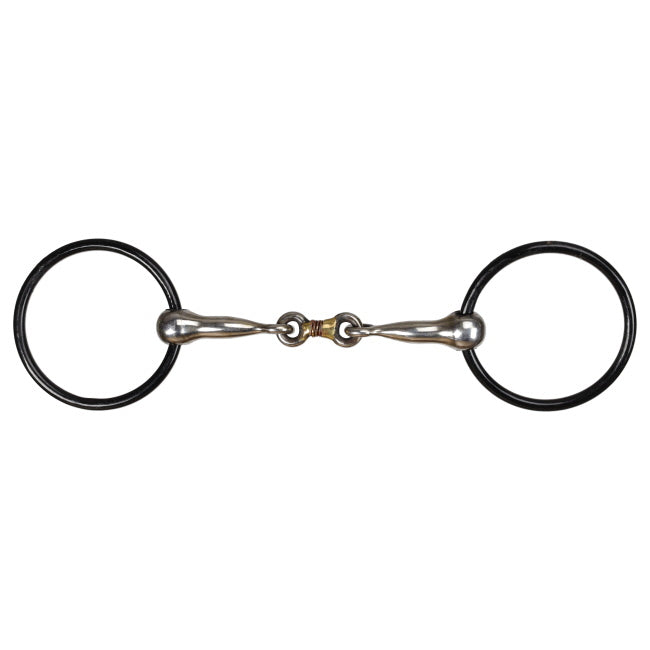It's finally getting warm down here and I am starting to pull my horses out of the fields and man are they feeling fresh!!! I have noticed that if I take just a bit of extra time with them on the ground I end up with a much more enjoyable experience! I love practicing groundwork exercises with my horses to get them paying attention (or I use these if I am running low on time instead of having a not so great ride).
Here are a few exercises that I like to do with my horses.
Leading from the lead position
You walk in front of the horse and you clearly define your space. This way, the horse learns to respect your intimate and personal space. You also work on your leadership skills, because in all lead exercises, you determine your path and speed. However, in certain situations/cases, you can (deliberately!) choose to define your space less clearly or to go along with your horse in terms of direction or speed.
Leading from the partner position
You walk near the shoulder of the horse. The horse learns to stay next to you, both while walking and trotting, while walking backwards, halting and waiting, the turns to the left and right. In this position, you lead and drive the horse at the same time, which you practice both on the left side of the horse and on the right. In most cases, you only do this exercise if you have established leading in the first position well. Indeed, you should be able to put your horse back from your intimate space from the partner position at all times.
More advanced lead exercises include leading with the neck ring
Touching Exercises
We do this so that the horse learns to accept, trust and ultimately enjoy our touches.
Stroking
Here, you stroke the horse over the entire body with both hands. Attention is also given to the sensitive parts of the body such as the groin, stomach, sheath, nipples, ears, mouth, eyes, and tail as well as under the tail. You can also stroke the horse with a whip, a stick, a bag or a cloth. The horse will then trust these objects and learn to deal with sounds around and on his/her body, like a rustling plastic bag.
Grooming
Here, you scratch and rub the places that the horse clearly enjoys. This is often around the withers and mane. Many horses also enjoy the places around the tail, on the shoulders and on the loins. Grooming aims to show you friendship for the horse. You can sometimes use it as a reward too.
Yielding to physical aids (direct pressure)
We teach the horse to go along with soft physical pressure. Again, you can distinguish several basic exercises.
- Head down: the horse yields to slight downward pressure behind the ears by lowering the head
- Nose to flank: the horse yields to slight pressure on the side of the head by moving the nose to the flank
- Backwards on the nose: the horse yields to slight pressure on the nose by giving and taking a step backwards
- Forwards: the horse yields to slight forward pressure behind the ears by taking a step forward
- Backwards on the chest: the horse yields to slight pressure on the chest by taking a step back
- Forequarters yield: the horse yields to slight pressure on the shoulder by taking a step to the side with the forehand
- Hindquarters yield: the horse yields to slight pressure on the side of the hindquarters by taking a step to the side with the hind leg
- Bending: the horse yields to the slight pressure on the girth area by bending his/her body (the muscles tighten on the side where you apply pressure)
- Follow the rope: the horse yields to the slight pressure on the halter by bringing the nose to the flank and then following the rope that surrounds his body.
In addition to these 9 basic yielding exercises there are also other exercises you can practice:
-lifting the back in response to upward pressure under the belly of the horse
-stepping forward when applying slight pressure to or next to the tail
-lifting leg when applying slight pressure to the leg
-mouth open when you apply slight pressure to the corners of the mouth
Yielding to driving aids (indirect pressure)
Here, we ask the horse to yield, but we do not touch the horse. We use our energy and driving aids in such a way that the horse understands what we are asking. These exercises are often intertwined in the other basic exercises such as Leading and Circle Work.
You can ask a horse to yield for driving aids
- forward, backward, left and right
- with the forequarters, with the hindquarters or both simultaneously
Basic exercises in which your horse yields to driving aids include when you invite the horse to
- get out of your personal space
- take a step backwards
- go forward from the partner position
- halt
- turn to the left and to the right from the second position (from a halt or in movement)
- to leave on a circle (you ask the forehand to leave to the right or to the left when you stand in front of the horse)
- to disengage the hindquarters (yielding the hindquarters to the left or right, whether or not from movement)
A more advanced exercise is to ask the horse to do a shoulder-out or sideways.
Circle
You ask the horse to move around you in a circle. Through body language, you teach the horse to start the circle, slow down, speed up, halt, change direction… you are becoming attuned to one another more and more.
Muscle/Balance - Circle work helps horses develop the muscles necessary to carry themselves properly in balance. As the horse works to stay straight on a circle, he strengthens muscles on the inside while stretching muscles on the outside. Just as we are right- or left-handed, horses tend to have a dominant side, too. Working the horse in both directions on a circle helps him overcome that tendency and become more evenly muscled.
Obstacles - overcome obstacles without you walking in front of him/her. A few examples are when you circle the horse on a canvas, beams, water
To calm the nervous horse - by not forcing the horse to stand still, it will be calmer more quickly
Round Penning Incorporates
Indirect Pressure – Send them and keeping them going. When you are done round penning they should follow you without pressure as well
Touching- When you’re done they touch you and then you touch them
The Circle exercise– They are going in a circle the entire time
Goals
- To strengthen and keep stable the bond with your horse acquired through Liberty Training.
- To learn how to give good guidance and show leadership, in situations that are more difficult.
- To work on dominance issues
- To let your horse cope with the human world such as the daily contact and care, hoof trimming, vet treatments, trailer loading…
- By doing groundwork you help your horse overcome certain fears.
- To prepare your horse for Gymnastic Groundwork (work in hand and lunging) and riding. A horse that has done a lot of Groundwork will learn much quicker during riding, and he/she will cooperate better as well.
- To give him physical and mental challenges. So to keep your horse fit and balanced on the physical, mental and emotional level/
- For variety and fun!







